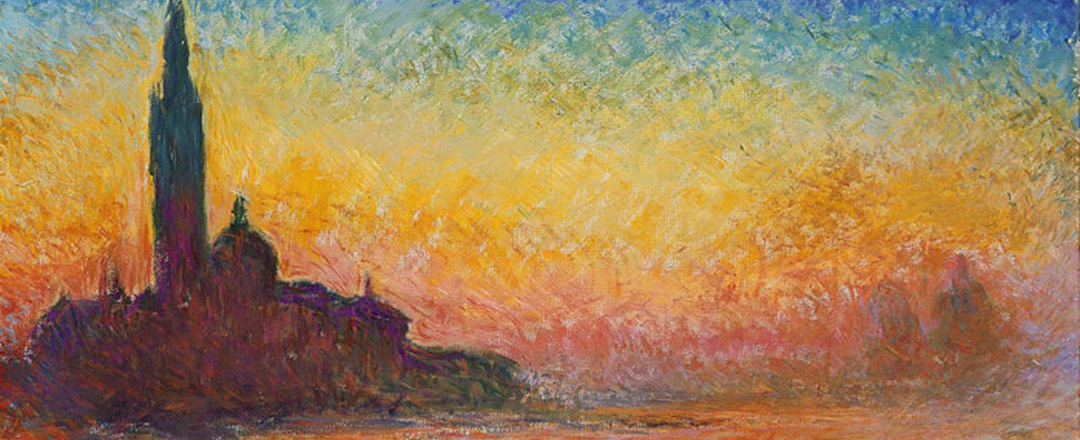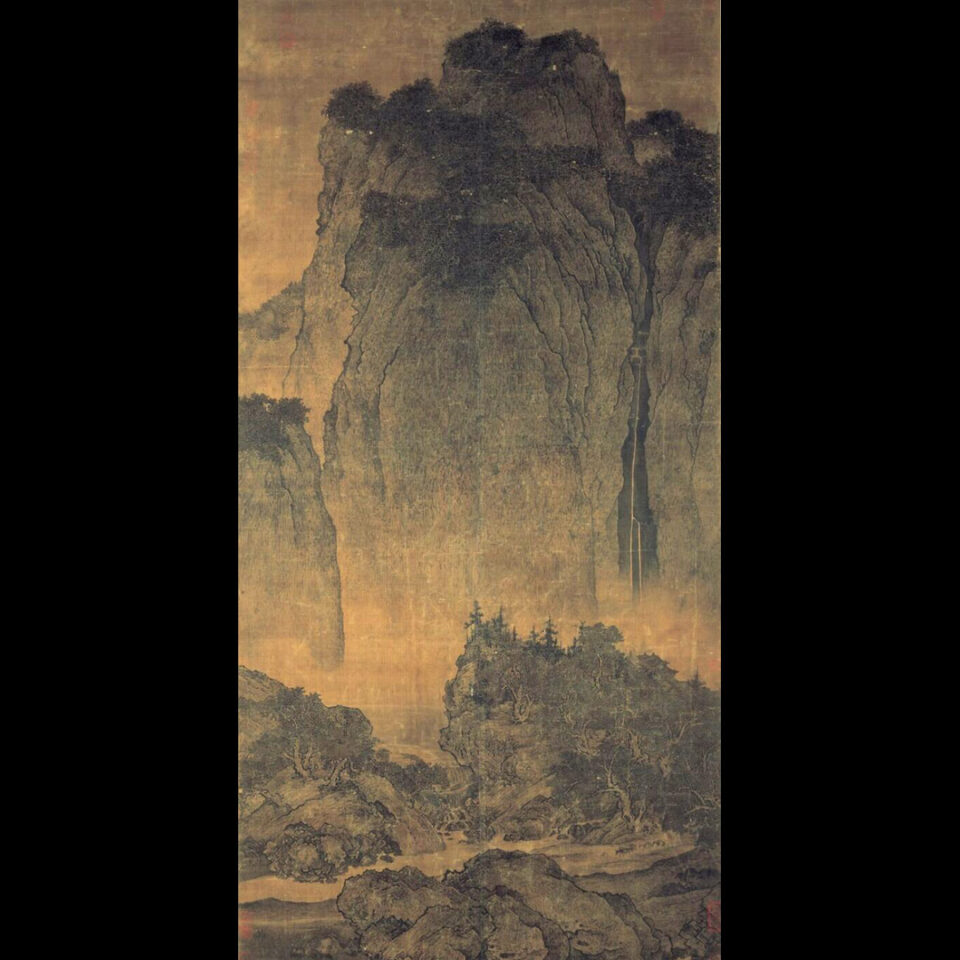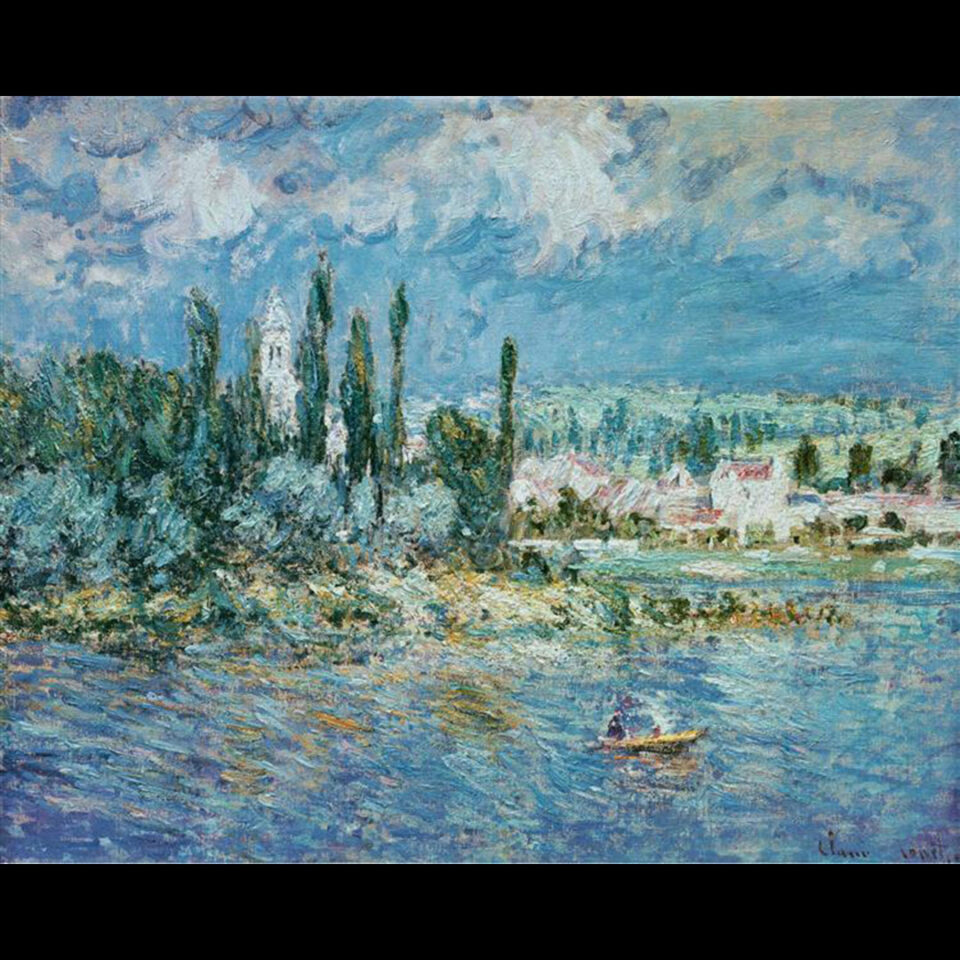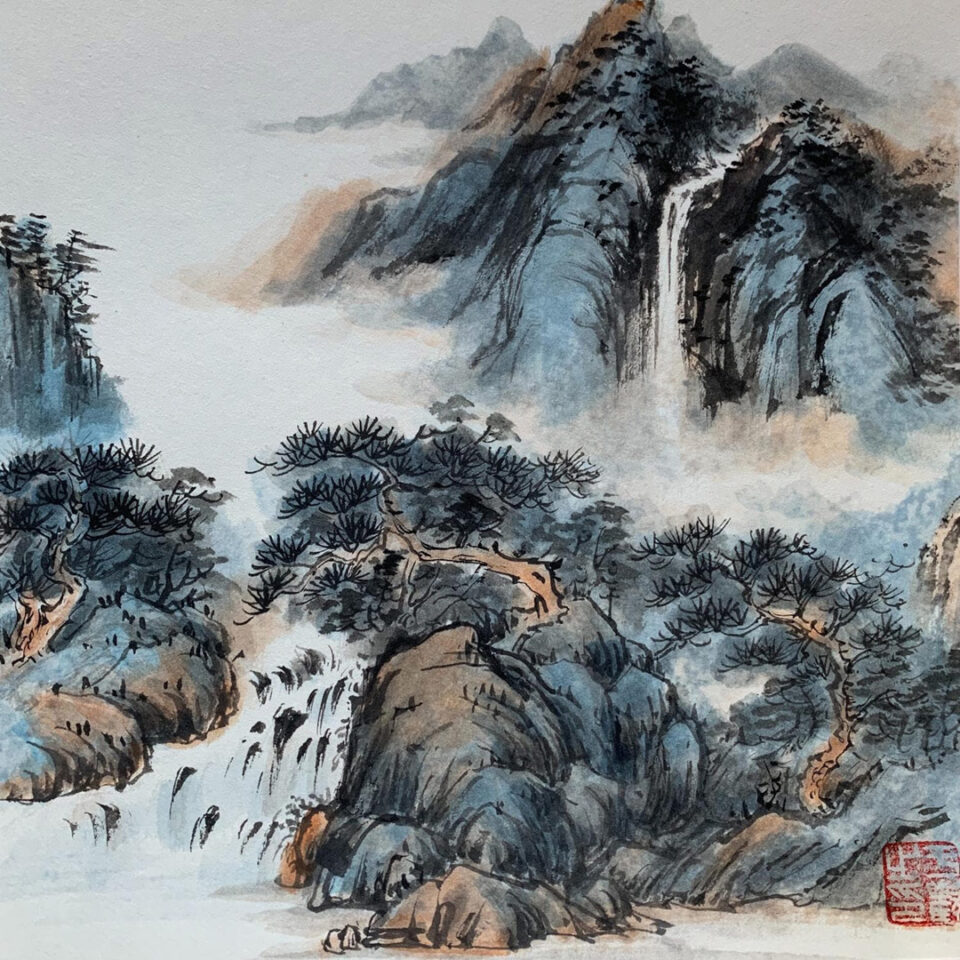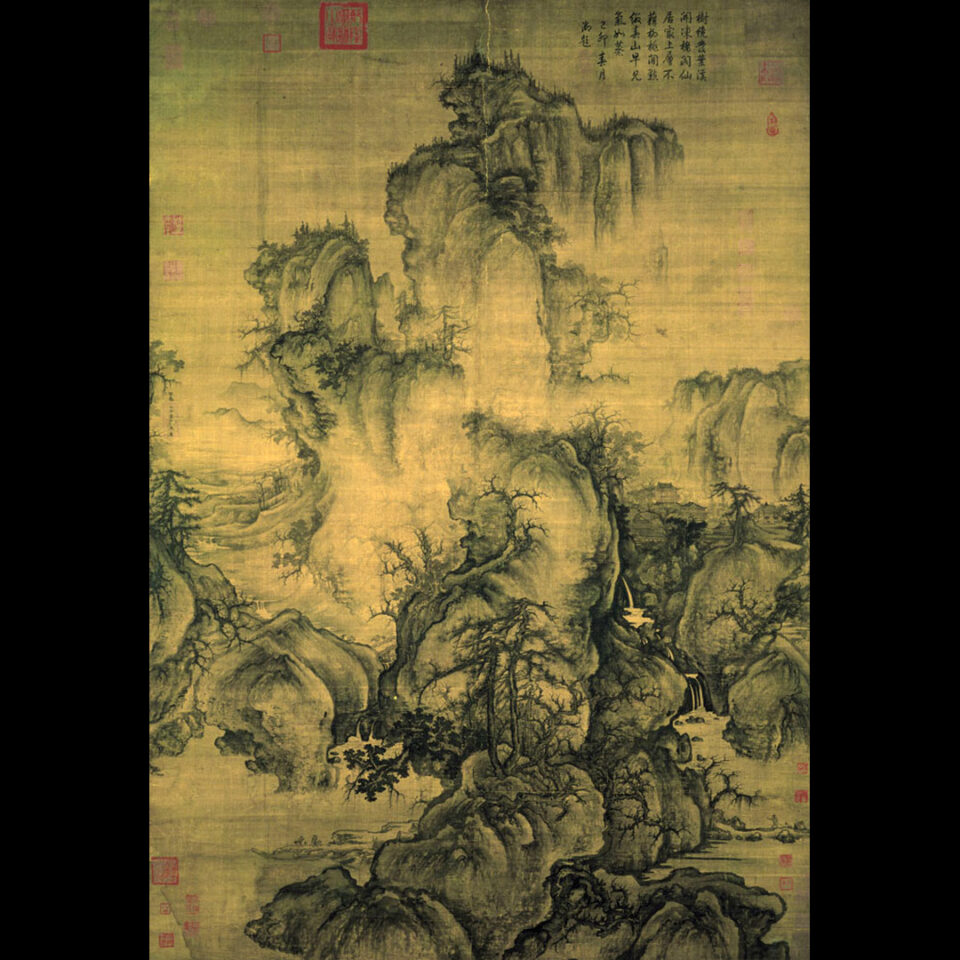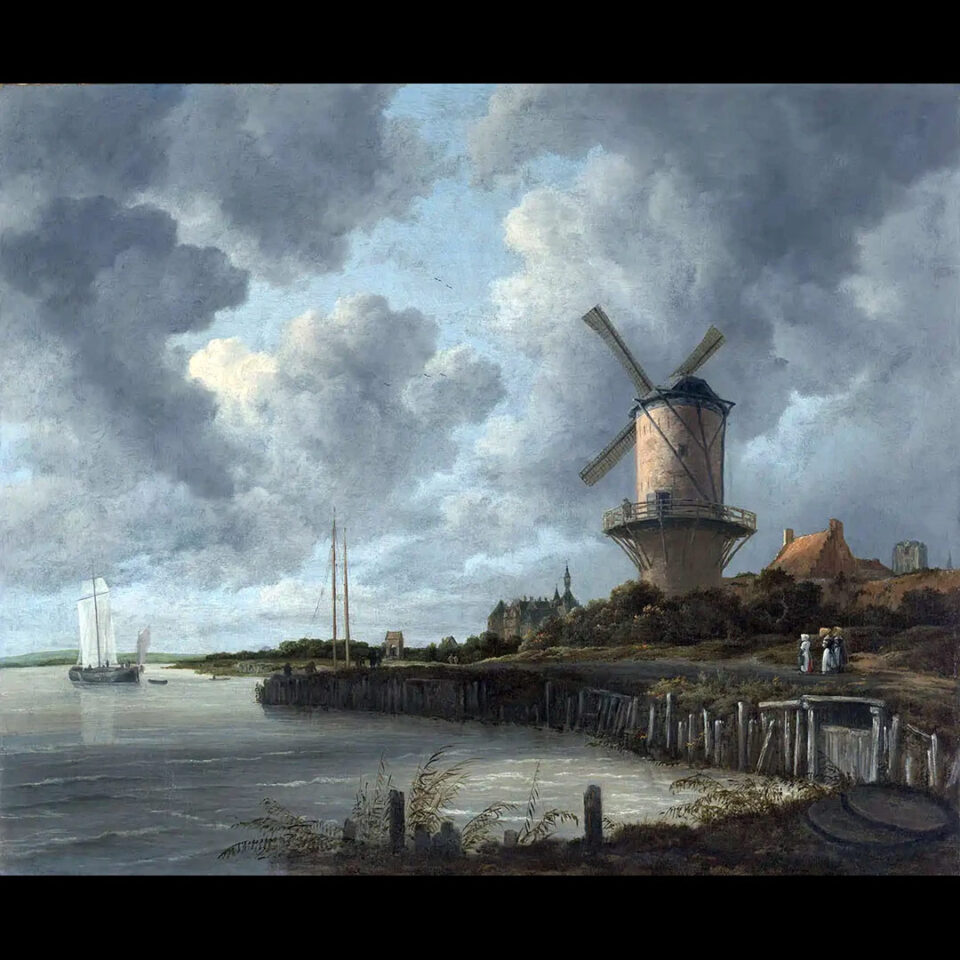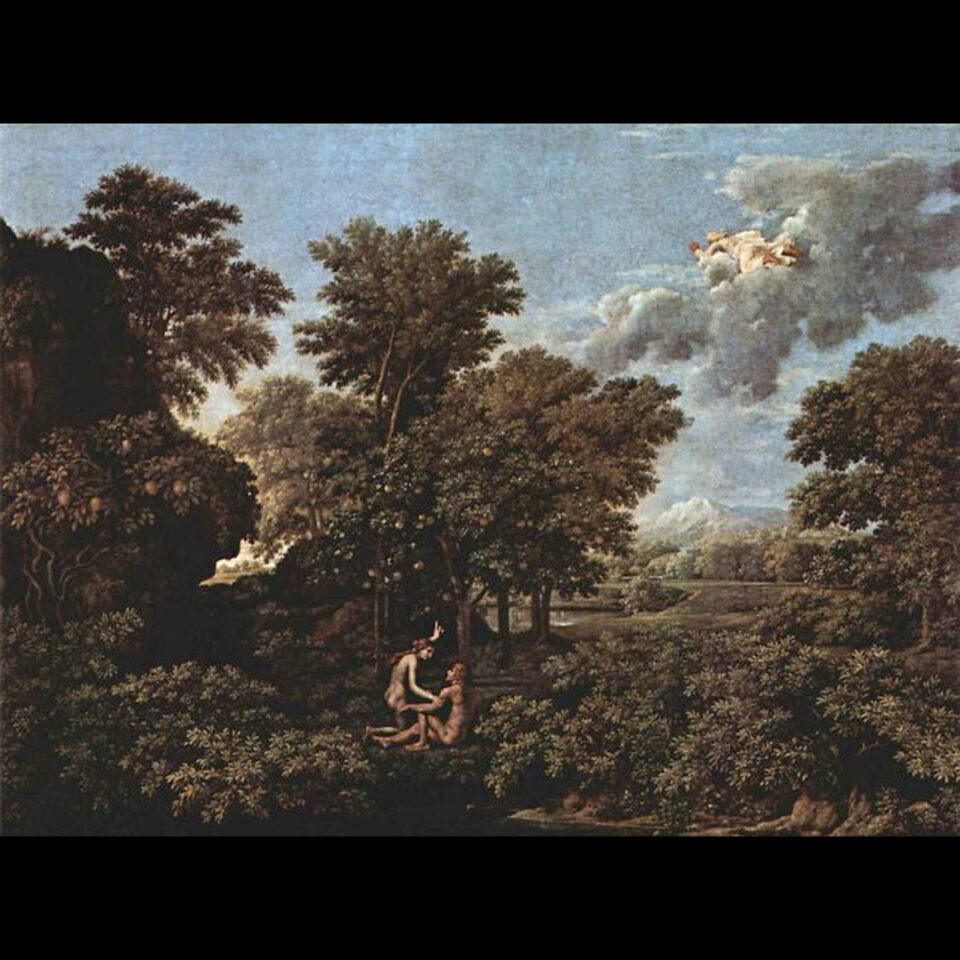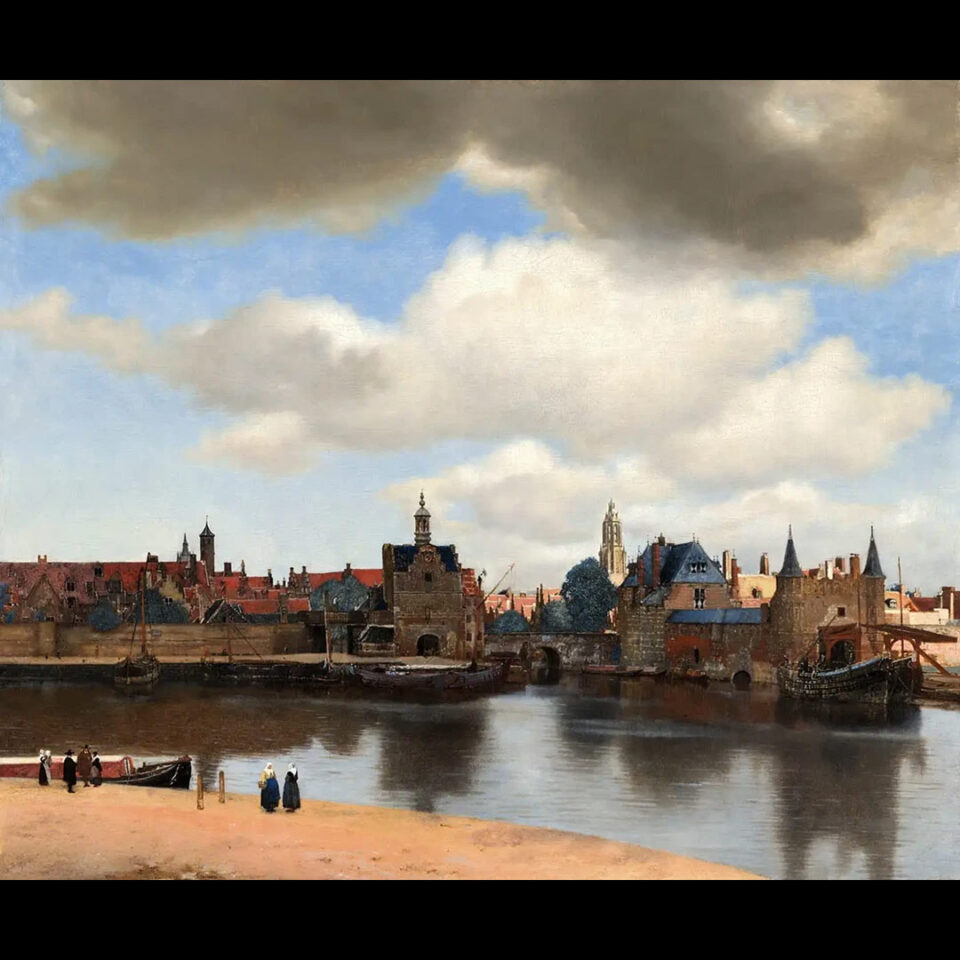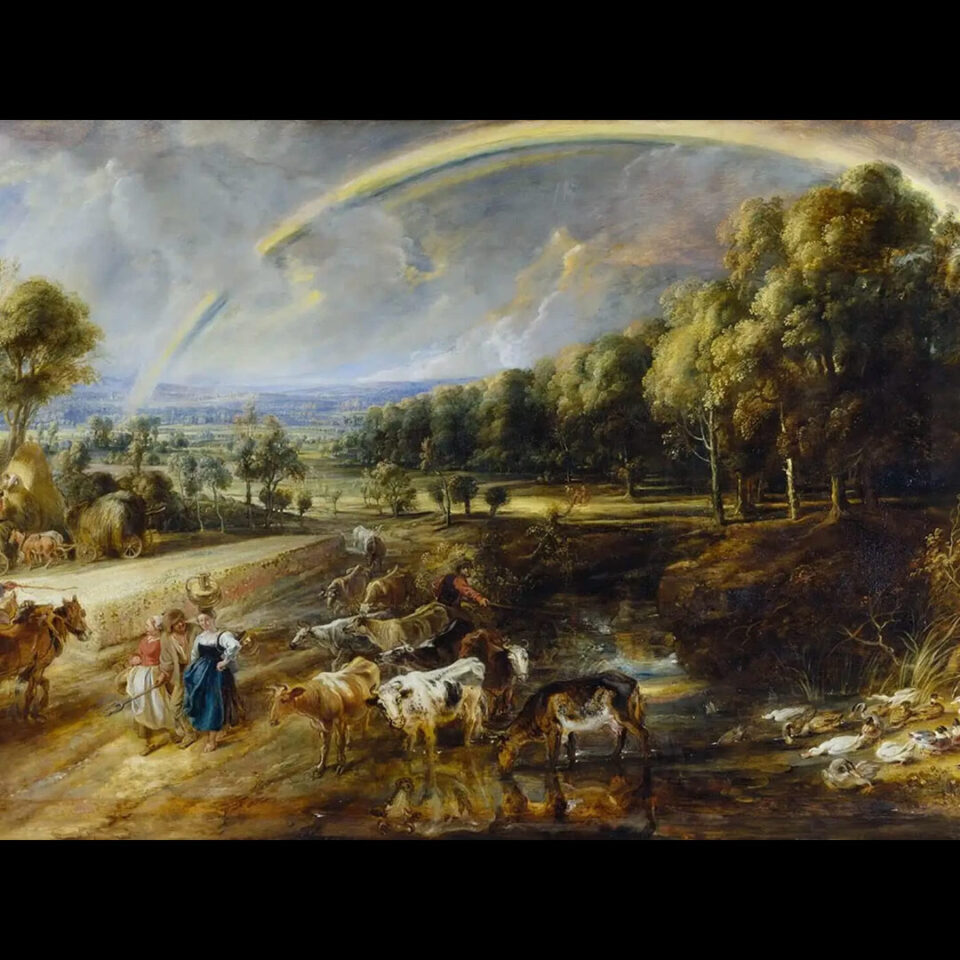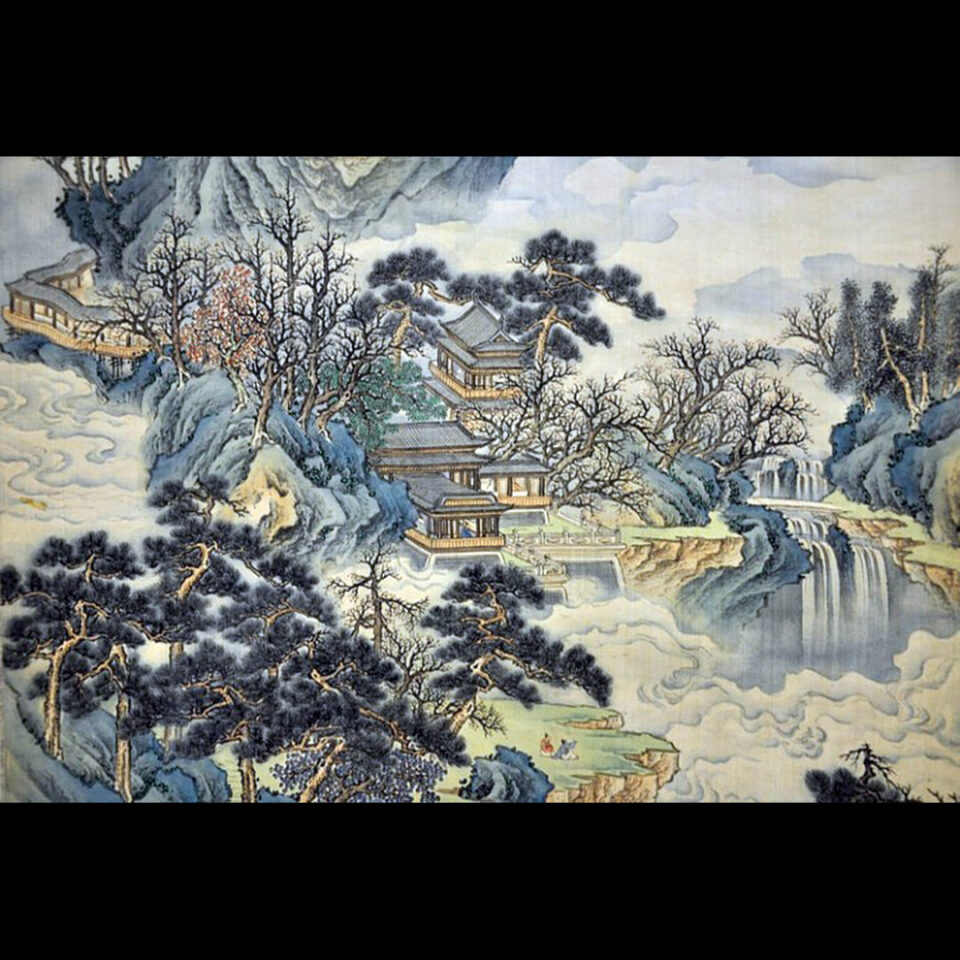“Wherever you look there are inspirations, books, literature, paintings, landscapes, everything. Just living is an inspiration.”
Gavin Rossdale
“In the work of the seventeenth-century painters Claude Lorraine and Nicholas Poussin, the landscape background began to dominate the history subjects that were the ostensible basis for the work. Their treatment of landscape however was highly stylised or artificial: they tried to evoke the landscape of classical Greece and Rome and their work became known as classical landscape. At the same time Dutch landscape painters such as Jacob van Ruysdael were developing a much more naturalistic form of landscape painting, based on what they saw around them.
When, also in the seventeenth century, the French Academy classified the genres of art, it placed landscape fourth in order of importance out of five genres. Nevertheless, landscape painting became increasingly popular through the eighteenth century, although the classical idea predominated.
The nineteenth century, however, saw a remarkable explosion of naturalistic landscape painting, partly driven it seems by the notion that nature is a direct manifestation of God, and partly by the increasing alienation of many people from nature by growing industrialisation and urbanisation. Britain produced two outstanding contributors to this phenomenon in John Constable and J.M.W. Turner. The baton then passed to France where, in the hands of the impressionists, landscape painting became the vehicle for a revolution in Western painting (modern art) and the traditional hierarchy of the genres collapsed.
In the second half of the twentieth century, the definition of landscape was challenged. The genre expanded to include urban and industrial landscapes, and artists began to use less traditional media in the creation of landscape works. For example in the 1960s land artists such as Richard Long radically changed the relationship between landscape and art by creating artworks directly within the landscape.”
*Quotation above is taken directly from the website cited and is the property of that source. It is meant to inform the reader and to give credit where it is due.
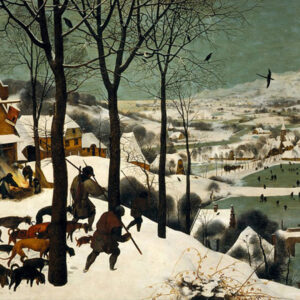 Art Geek: “A Quick History of Landscape Painting in Western Art” [*]
Art Geek: “A Quick History of Landscape Painting in Western Art” [*]
“The First 3500 Years More often than not, the paintings that really grab my attention are landscapes, and I like to think I’m a somewhat knowledgeable about them in terms of art history. So, I was surprised to learn recently that the word “landscape” — an anglicization of the Dutch landschap — was only introduced into the language — purely as a term for works of art — around the start of the 17th century. That is not to say that landscapes didn’t exist in art before then … apparently there just wasn’t a word for them. In Western art, the earliest extant example of a painted landscape is a fresco in Akrotiri, an Aegean Bronze Age settlement on the volcanic Greek island of Santorini. It was beautifully preserved under volcanic ash from 1627 BC until about 50 years ago.
Elements of landscape were also depicted in Ancient Egypt, often as a backdrop for hunting scenes set in the reeds of the Nile Delta. In both cases, the emphasis was on individual plant forms and figures on a flat plane, rather than the broad landscape. A rough system of scaling, to convey a sense of distance, evolved as time went on and as the decorating of rooms with frescos of landscapes and mosaics continued through the Hellenistic and ancient Roman periods.”
*Quotation above is taken directly from the website cited and is the property of that source. It is meant to inform the reader and to give credit where it is due.
Here is the second of three galleries featuring landscape artwork through the centuries:

